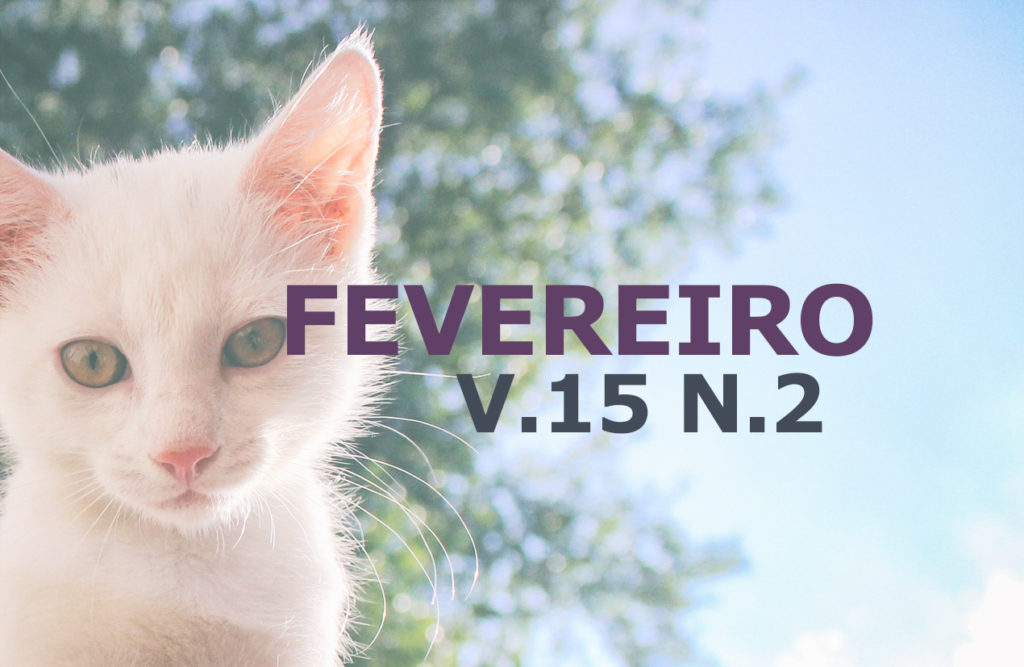Endocrine monitoring to identify puberty in Jaguarundi (Herpailurus yagouaroundi) and Southern tiger cat (Leopardus guttulus)
DOI:
https://doi.org/10.31533/pubvet.v15n02a746.1-8Keywords:
Fecal androgen, Leopardus guttulus, puberty, Herpailurus yagouaroundiAbstract
Understanding the physiology and behavior of species is of great importance for ex situ reproduction, so the objective of this research was to identify the onset of puberty in males of the species Herpailurus yagouaroundi and Leopardus guttulus in a non-invasive approach using data obtained from the fecal androgens, as well as checking the effectiveness of a commercial Testosterone kit (EIA DRG-1559®) for identifying fecal androgen variations. Fecal samples from captive males of H. yagouaroundi (n=2) at the UNISEP Zoo, Dois Vizinhos - PR, and at the Municipal Zoo, Cascavel - PR and L. guttulus (n=1) captive at the Bela Vista Biological Refuge, from Itaipu Binacional, Foz do Iguaçu - PR. Fecal samples were kept in a freezer at -20ºC until processed. For the determination of fecal androgens, samples underwent a dehydration process at 80ºC for 72 h, then they were ground and sieved, 0.20 g of sample was removed and added 5 mL of methanol 90%, then it was shaken for 15 minutes and centrifuged for another 15 minutes, at the end 2 mL of the supernatant was collected to measure the extracted androgens. For dosing, a 1:4 dilution was performed in pink PBS and the enzyme immunoassay technique was performed using the Testosterone Kit (EIA-1559®, DRG - USA) with reading on ELISA plate reader (Biotek ELISA ELx800, fabricated in Winooski - the USA). The identification of fecal androgen variations occurred through graphs where increasing concentrations (mean + 1.5 standard deviations) were observed. The use of the commercial kit (DRG Testosterone EIA-1559®) was effective in detecting androgen variations in fecal samples of H. yagouaroundi and L. guttulus, allowing non-invasive endocrine monitoring. It was possible to identify peaks in the three graphs that represent the evaluated animals, indicating that they all started to increase fecal androgen excretion between 10 and 12 months old, which is consistent with the literature regarding domestic cats, which can be used as a basis of comparison, considering the size of these felid species, characterizing the beginning of puberty.
Downloads
Published
Issue
Section
License
Copyright (c) 2021 Alexandra de Souza, Érico Boffo, Felippe Azzolini, Nei Moreira, Marcos José Oliveira, Rodrigo Neca Ribeiro, Renato Herdina Erdmann

This work is licensed under a Creative Commons Attribution 4.0 International License.
Você tem o direito de:
Compartilhar — copiar e redistribuir o material em qualquer suporte ou formato
Adaptar — remixar, transformar, e criar a partir do material para qualquer fim, mesmo que comercial.
O licenciante não pode revogar estes direitos desde que você respeite os termos da licença. De acordo com os termos seguintes:
Atribuição
— Você deve dar o crédito apropriado, prover um link para a licença e indicar se mudanças foram feitas. Você deve fazê-lo em qualquer circunstância razoável, mas de nenhuma maneira que sugira que o licenciante apoia você ou o seu uso. Sem restrições adicionais
— Você não pode aplicar termos jurídicos ou medidas de caráter tecnológico que restrinjam legalmente outros de fazerem algo que a licença permita.





